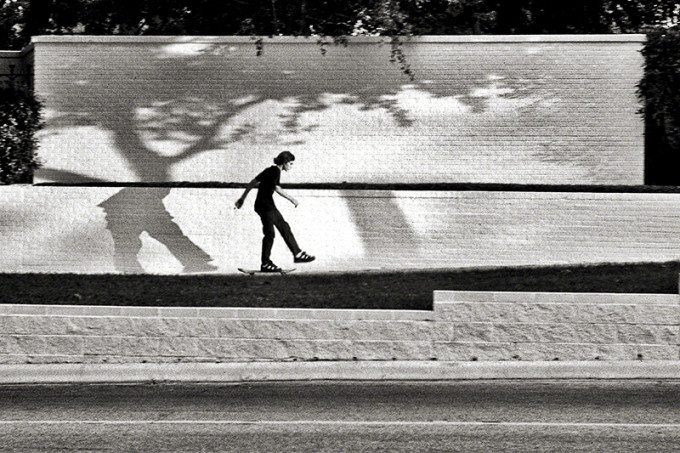Last Updated on 06/30/2014 by Julius Motal
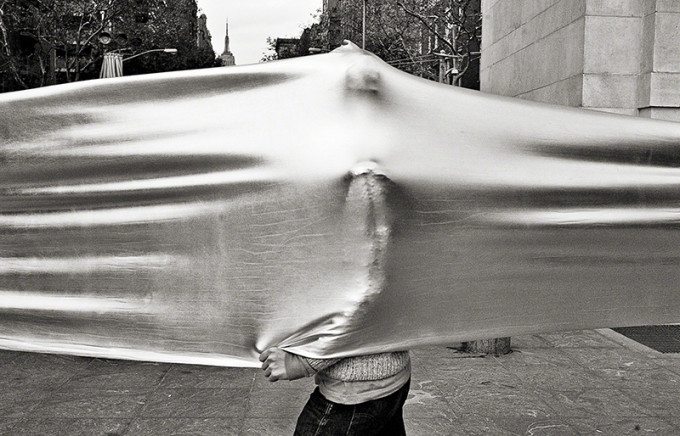
All images by Dave Keenan. Used with permission.
Dave Keenan’s re-entry into photography is a story of the natural order of things, rather than rediscovery. In his youth, he got to photograph on occasion with his grandfather’s Leica, which gave an early love for rangefinders. With his father, he built a darkroom where he often spent time developing and printing photos. His photography, however, fell by the wayside as he took up a career in computer engineering, and in the last ten years, he bought a Leica on a whim. His photographic passion, however muted, came back as he started a photo a week project, which gradually turned into his book FAIR WITNESS: Street Photography for the 21st century with the help of veteran photographers like Eli Reed and Elliott Erwitt.
Head on past the break for our interview with David Keenan, and check the Kickstarter campaign for FAIR WITNESS.
This interview has been edited and condensed.
Phoblographer: It seems you’ve had a natural predisposition for photography given that your grandfather owned a Leica and you had some experience with the darkroom in your youth. Can you describe for me what it was like going out for the first time, Leica in hand, and photographing life in recent years?
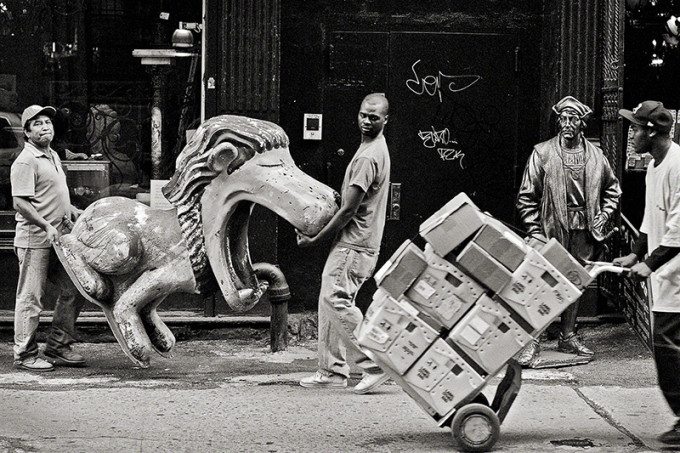
Dave: I did photograph quite a bit as a teenager in high school and that was when I was first introduced to a Leica camera. In those days, of course, a darkroom was essential for someone who took photography seriously. My father and I built a very functional darkroom the basement of the family home in Michigan. It was my refuge.
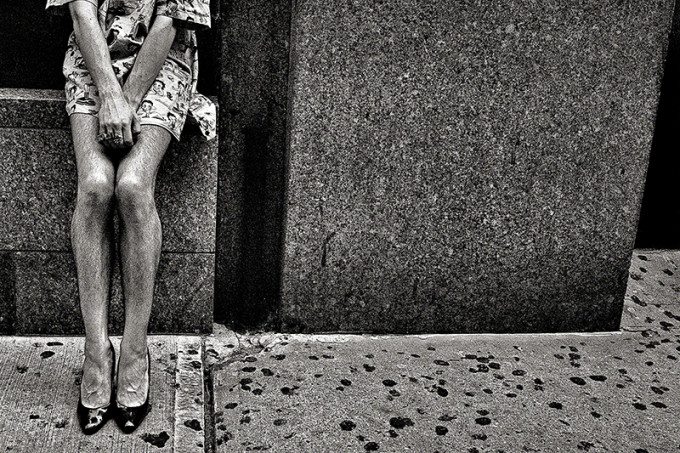
Phoblographer: Have you ever talked to the people you’ve photographed, or do you take the image and keep moving?
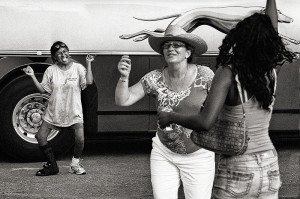
Phoblographer: You’ve mentioned in previous interviews that you don’t make photographs, you take them. What’s distinguishes the two for you, and why do you feel you need to make that distinction?
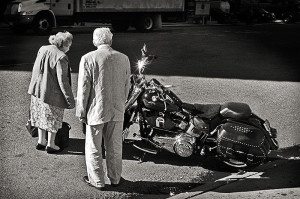
Phoblographer: You’ve entered into a dialogue, I think, with the old masters of the form, like Cartier-Bresson. Where do you think your photography fits into that dialogue?
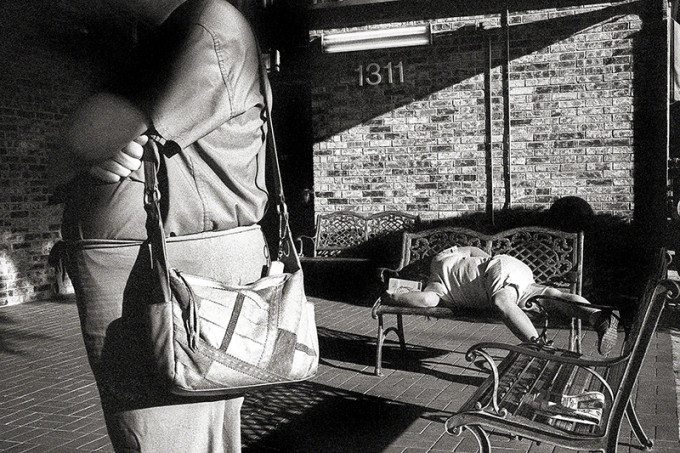
Phoblographer: Tell me about the process of putting together FAIR WITNESS. How many editing sessions were there, and how did you arrive at that title for the book?
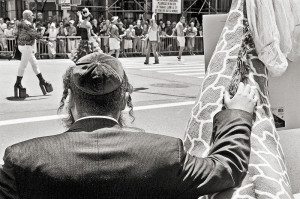
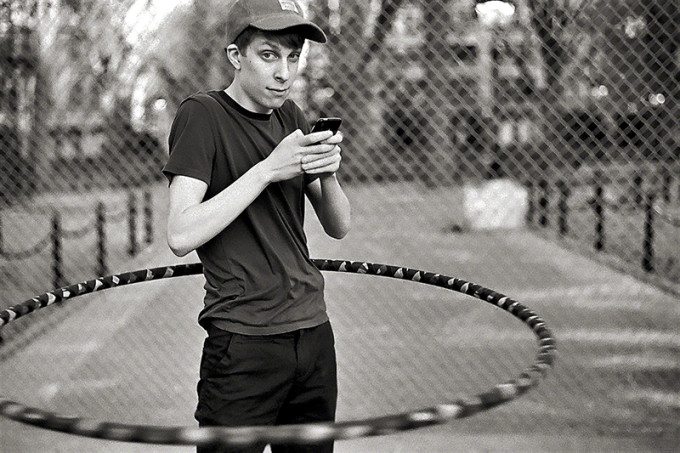
Phoblographer: How did you manage to strike up a friendship with Elliott Erwitt and how has he influenced both your photography and the making of the book?
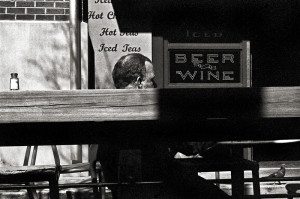
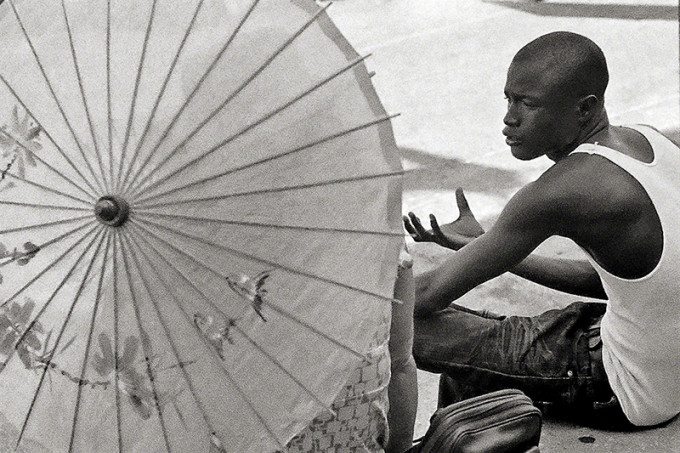
Phoblographer: What’s next after FAIR WITNESS?
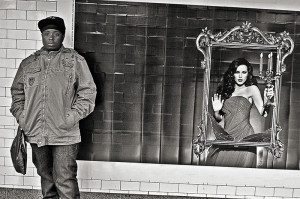
Phoblographer: What advice do you have for young street photographers?
- Always carry your camera (iPhones don’t count)
- Wholeheartedly accept the “one camera, one lens for a year” methodology originally advocated (so far as I know) by Michael Johnston of The Online Photographer blog
- Find and slowly absorb books by photographers you admire
- Make sure that you’re not one of those nincompoops who walk around with a lens hood constantly mounted backwards
- Avoid telephoto lenses
- When using a digital camera, TURN OFF the LCD screen and forget it is there
- The delete button in not your friend
- Review your pictures at the end of the day (never when you might miss the next photograph)
But mostly, I like to say, photograph because you can’t not photograph. If it’s in the street, head there; if it’s in a studio, that’s where you need to be.
Head on over to Kickstarter to check out FAIR WITNESS.
